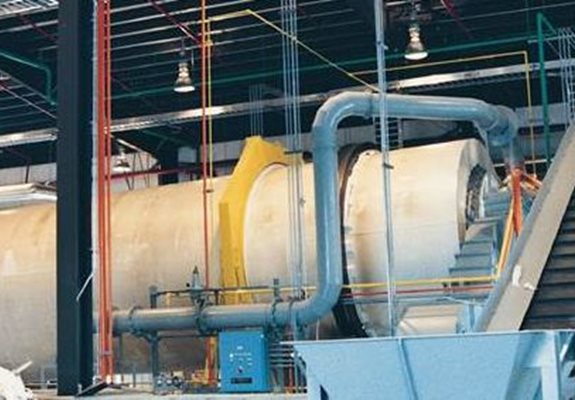

Supporting your operations, from plant design expertise to equipment, parts and services for every stage of your process.
Are you looking to increase production, reduce risks, lower operating costs and enhance environmental performance? Then you are in the right place.
From the design and supply of products for a greenfield plant, to the addition of a single machine for an existing production line, we are here to help.
Rely on OEM experts because not all parts are created equal. Spare and wear parts built to perform.
Helping you get the most out of your equipment and processes.

Metso has over thirty-five years experience is designing waste incineration systems, has designed more than 700 plants with controlled air and/or rotary kiln applications.
Incineration in a rotary kiln is a three step process including drying, combustion and burnout (complete thermal destruction.) Oxygen addition and temperature is controlled to specified temperatures to ensure complete burnout and destruction.
The waste is fed to a kiln where it is dried and combusted and the solids will burnout. Volatiles will be released in the kiln that will be burned out in the kiln or in a secondary combustion chamber.
Rotary Kiln
The waste is fed to the kiln by chutes with lock hoppers, or a ram loader and/or lances. The solids are burned in the kiln and the ash will discharge from the kiln for removal and disposal.
Secondary Combustion Chamber
In the secondary combustion chamber, air addition and fuel, if required, will be injected to maintain an oxygen content and temperature that will ensure complete thermal destruction (burnout.)
Boiler – Air Quality Control System
The secondary combustion chamber exhaust gas will be cooled in a waste heat recovery boiler or an evaporative cooling tower. If a boiler is used, steam will be produced that can be used in the plant or power generation. The complexity of the air quality control system will depend upon the analysis of the waste and resulting acid and metals contained in the secondary combustion chamber exhaust gas. Generally the air quality control system will contain a baghouse and a wet scrubbing system for acid removal. An induced draft fan will be used to induce the kiln exhaust gas from the kiln, through the secondary combustion chamber, boiler and air quality control system for venting to atmosphere through a stack on the outlet side of the fan.